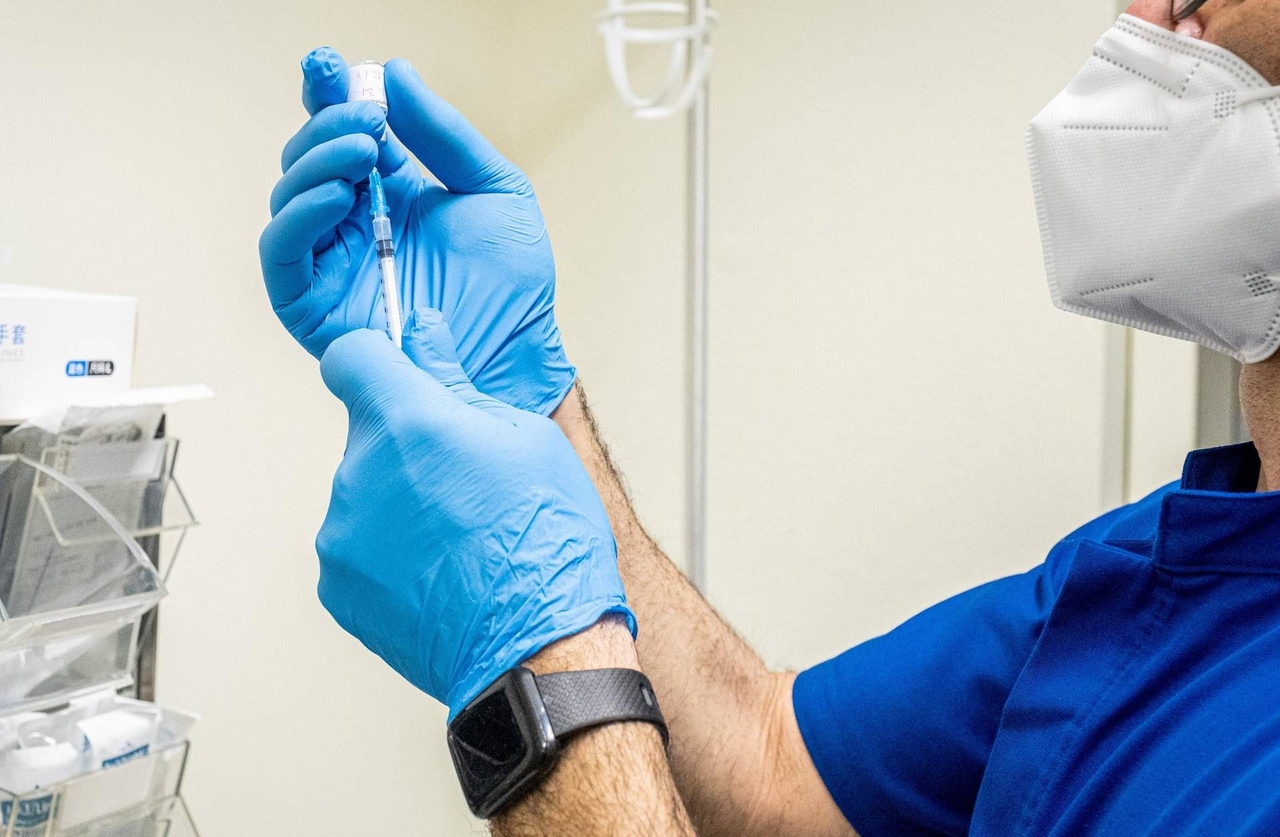A breakthrough in the hospital: 3,000 new CT scans, MRIs, and mammograms for more accurate diagnoses.

Italian hospitals, struggling with a creaking fleet of equipment, more than half of which is already outdated and outdated, can finally take a breather thanks to the National Recovery and Resilience Plan (NRRP). Ahead of the final deadline of June 2026, doctors in many wards have already begun using nearly 2,800 new, state-of-the-art diagnostic technologies, such as CT scans, MRIs, linear accelerators, angiographs, ultrasound scanners, fixed radiology systems, and mammography machines, in which the National Recovery and Resilience Plan (NRRP) has invested €1.2 billion.
For once, the EU's target of installing 3,100 large-scale devices could be reached even ahead of next summer's deadline for this modernization plan, given that in most regions, nine out of ten are already operational. This is a significant breakthrough that allows for the modernization of the most important equipment fleet: the large-scale devices, which number approximately 9,000 in Italy, and therefore more than one in three will be replaced (a total of 67,000 machines). The benefits for patients are numerous: more timely and accurate diagnoses, personalized treatment plans, and a reduced risk of diagnostic errors, as well as less radiation exposure and therefore greater safety. Above all, it is hoped that this renewal of some of the equipment with which the National Health Service diagnoses and screens millions of patients every year will also help reduce waiting lists. "Caring for people's health also means ensuring cutting-edge equipment for better performance and therefore benefits for patients. The ability to use state-of-the-art equipment will also make a significant contribution to reducing waiting lists. We are committed to fully implementing the PNRR investments, as demonstrated by this investment, for an even more efficient healthcare system that meets citizens' needs," Health Minister Orazio Schillaci explained to Il Sole 24 Ore.
In reality, the arrival of these large devices in hospitals has not gone smoothly: the initial deadline for their testing was the end of 2024, but in the revision of the National Recovery and Resilience Plan requested by the government and approved by Brussels in 2023, the deadline was postponed—amidst some controversy—to June 2026. Among the reasons for the delay was the need for hospitals to carry out some minor work and adjustments in the wards to install these large machines. Now, however, despite some remaining delays, the finish line finally seems close: the European target is 3,100 devices, which has since risen to 3,185. As of last August, 2,834 had been delivered to hospitals, of which 2,773 had been tested and therefore operational (almost 90%). Of course, there are local differences: some regions, such as Valle d'Aosta, Lazio, Veneto, and Lombardy, have installed rates ranging from 100% to 94%, while others, such as Molise, Trento, and Sardinia, have rates between 57% and 68%.
"The replacement of over 3,000 devices installed over five years ago with NRRP funds is certainly an excellent starting point for renewing the installed base. Cutting-edge technologies guarantee not only improved diagnostic capacity, but also faster reporting: these are key aspects for reducing waiting lists and preventing many pathologies that, thanks to more accurate data, can be detected early," reiterates Alessandro Preziosa, President of the Electromedical Industry Confindustria Medical Devices. He emphasizes, however, that it is now crucial "to have adequate personnel to carry out reporting: without trained professionals and in sufficient numbers, even the most advanced technologies risk not realizing their full potential." For Preziosa, however, "we need to look ahead. The NRRP represents an extraordinary opportunity, but it cannot be considered an isolated intervention: we need to plan structural and ongoing investments that allow us to keep the technological base continuously updated. We need multi-year planning tools, innovation-oriented purchasing criteria, and reimbursement policies that reward the use of the most advanced technologies."
ilsole24ore



